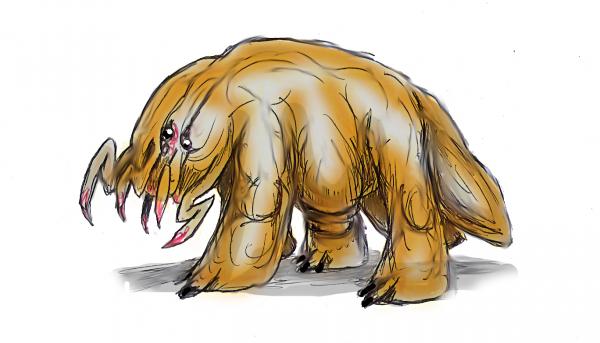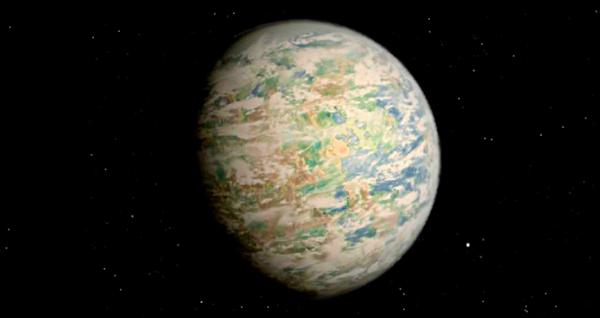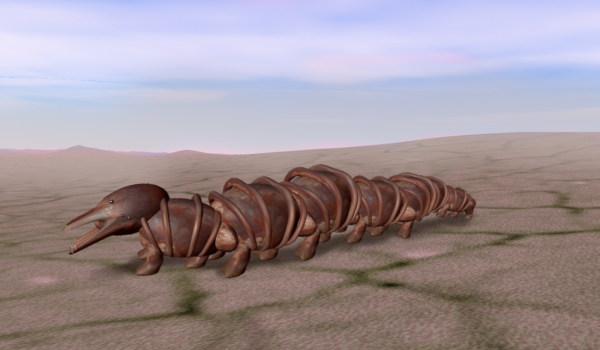BY LETTER
Simurgh (Garden World)
Galactography > Regions of Space > Middle Regions/Hinter-regions
Galactography > Systems and Worlds > Systems & Worlds S - T
Galactography > Systems and Worlds > Systems & Worlds S - T
Superterrestrial world with indigenous life | |
 Image from Steve Bowers | |
| Pentapods are land animals on Simurgh, about the size of a small cow; some species of pentapods have recently been provolved | |
Star YTS-11315-10014III
Type K5V
Luminosity 0.17 x Sol
Distance from Sol 3084 ly
Constellation Circinus
Planet Simurgh
Type SuperGaian Garden World.
Mass 5.86x Earth
Diameter 21330km
Surface Gravity 2.1 gees
Rotational period 54.1 standard hours
Semimajor axis 0.58 AU
Orbital Period 0.53 standard years
Obliquity 16.8
Survey Commenced 7309 AT
Simurgh is a Superterrestrial Garden World with a 40 bar nitrogen/carbon dioxide/oxygen/helium atmosphere. The planet does not have active plate tectonics, but has a moderate level of volcanic activity. Oceans and seas are numerous but cover less than 50% of the surface; low mountain ranges associated with vulcanism cover much of the land.
 Image from Steve Bowers | |
| Simurgh is a supergaian world, with a surface gravity more than twice as great as Earth's | |
Most land animals have at least five limbs, with at least one ventral proleg between the mainleg pairs. A common bodyplan is the pentapod, with four mainlegs and one central proleg; other species also have a foreleg or hindleg (or both) and often several more pairs of mainlegs. The largest land animals are the dinopillars, twenty metres long with twenty-two legs.
All animals have very fast reflexes because of the high gravity. Falling objects accelerate to terminal velocity very quickly on this world, and release a significant amount of energy when they hit the ground.
 Image from Steve Bowers | |
| A Dinopillar on the surface of Simurgh | |
Related Articles
Appears in Topics
Development Notes
Text by Steve Bowers
Initially published on 15 December 2011.
Initially published on 15 December 2011.






